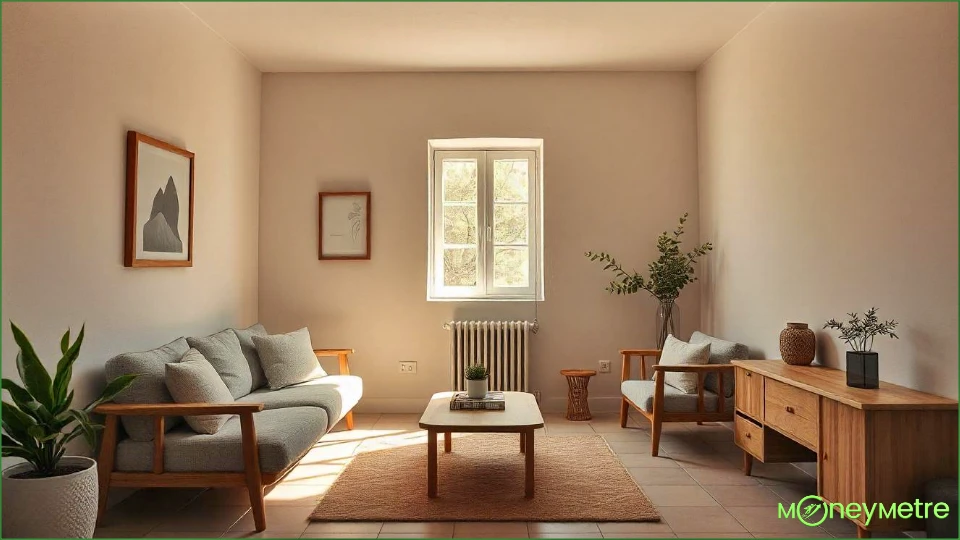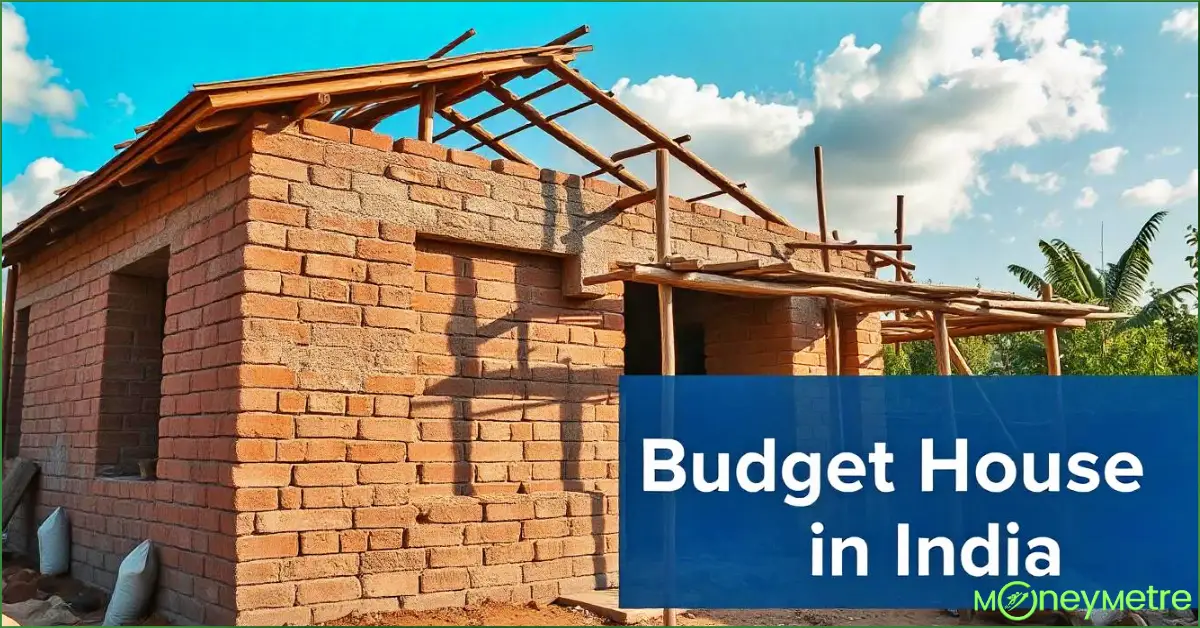Owning a house is more than just having a roof over your head; it’s about security, independence, and pride. A home signifies stability and is often considered a crucial asset for families.
Beyond financial worth, a home provides peace, comfort, and a place to create memories with loved ones. However, with rising property prices and construction costs, building a house might seem challenging for many.
The good news is that by planning carefully and focusing on efficient building practices, you can learn how to build a budget house without compromising on quality or style.
If you’re ready to understand how to build a budget house while managing costs, let’s dive into the best practices and key strategies to keep your expenses in check.
10 Effective Steps to Build a Budget House
1. Set a Clear Budget
The first step in building a budget-friendly house is to set a clear budget. Estimate the total amount you’re willing to spend and stick to it as closely as possible. Include all potential expenses, from land costs to labor charges, materials, and permits.
Having a well-defined budget will help avoid overspending and make it easier to adjust plans when unexpected costs arise.
2. Choose the Right Location

Location plays a crucial role in determining costs. Building a house in a city center is more expensive than in the outskirts or rural areas.
By choosing a location a bit farther from urban centers, you can save significantly on land and construction costs. Additionally, certain states offer subsidies or benefits for affordable housing; it’s worth checking if your location qualifies for any such schemes.
3. Opt for a Simple Design
When aiming to learn how to build a budget house, choosing a simple design is essential. The more complex the design, the more expensive the construction will be.
Stick to rectangular or square floor plans, which are more economical and efficient in terms of material use. Avoid intricate layouts and opt for single-story houses if possible, as they reduce foundation and roofing costs.
4. Use Locally Available Materials
Using local materials not only reduces transportation costs but also helps support local industries. Materials like brick, concrete, and bamboo are widely available in India and are cost-effective options.
Consult a local contractor to understand which materials work best for your region and weather conditions, ensuring durability without stretching your budget.
5. Hire a Reliable Contractor
A good contractor can make a significant difference in keeping your project on budget. Look for a contractor with experience in budget housing and a reputation for transparency.
An honest contractor can help you find cost-effective materials, suggest smart design adjustments, and ensure efficient use of resources. Don’t hesitate to get multiple quotes and negotiate to find the best fit for your budget.
6. Use Eco-Friendly Techniques
Eco-friendly building practices can also save you money. For example, using energy-efficient designs that allow natural light and ventilation will lower energy costs in the long run.
You can also use solar panels, rainwater harvesting systems, and energy-efficient lighting to reduce utility expenses. These environmentally friendly options are not only affordable but also sustainable for the long term.
7. Buy Materials in Bulk
One way to save on materials is to buy them in bulk. Items like cement, bricks, and tiles are cheaper when purchased in larger quantities. You can negotiate for better deals when buying in bulk or look for wholesale suppliers. This step might require some upfront cost, but it will save you significantly as you progress in construction.
8. Use Recycled or Reusable Materials
Recycling materials like wood, tiles, and even furniture can cut costs considerably. Repurposing old wood for doors or using recycled glass windows is not only cost-effective but also adds a unique touch to your house. Many construction companies and online platforms offer recycled materials at a fraction of the original cost, making it easier to build on a budget.
9. Simplify Interior Finishes

While it’s tempting to splurge on stylish interiors, this is an area where you can save without affecting the quality of your home. Simple finishes, such as painted walls instead of textured or wallpapered ones, are budget-friendly options. Stick to affordable yet durable flooring like tiles or concrete finishes instead of costly marble or hardwood.
10. Plan for the Future
Consider planning for future extensions when building a budget house. Design your house with options for later additions, like extra rooms or floors, rather than trying to fit everything into the initial structure.
This allows you to start with a smaller, budget-friendly home and expand as needed, which is particularly helpful if you’re on a tight budget.
Conclusion
Building a house on a budget is entirely possible if you follow these tips and maintain a focused approach. By choosing the right location, simplifying the design, and using cost-effective materials, you’ll be well on your way to creating a comfortable, affordable home.
Remember, when learning how to build a budget house, the key is to focus on essentials and avoid unnecessary luxuries. Stick to your budget, make wise decisions, and soon you’ll have a place you can call your own.
Read Also: How to Make a Budget for Buying a House: 9 Effective Guidelines
FAQs on How to Build a Budget House
-
What is the most cost-effective building material?
Brick, concrete, and locally sourced stone are among the most cost-effective materials for building a house. Bamboo and recycled materials can also provide budget-friendly alternatives.
-
How can I reduce labor costs during construction?
To reduce labor costs, simplify your design, hire skilled but affordable contractors, and use efficient building techniques to minimize construction time.
-
Is it possible to add a second floor in the future?
Yes, it’s possible to plan for future expansions by ensuring the foundation is strong enough for additional floors. This is a great way to build on a budget initially and expand later.
-
Are eco-friendly building methods more expensive?
Eco-friendly techniques like solar panels or rainwater harvesting can be more affordable in the long term. Although some installations may have upfront costs, they save on utilities, making them cost-effective over time.
-
Where can I get financial assistance to build a budget house?
You can apply for housing loans through financial institutions like State Bank of India (SBI), HDFC, or government schemes like PMAY (Pradhan Mantri Awas Yojana), which offer subsidies for eligible applicants.
Read Other Latest Posts Below







